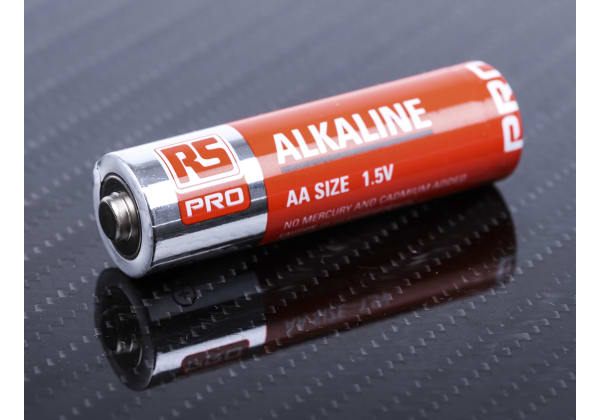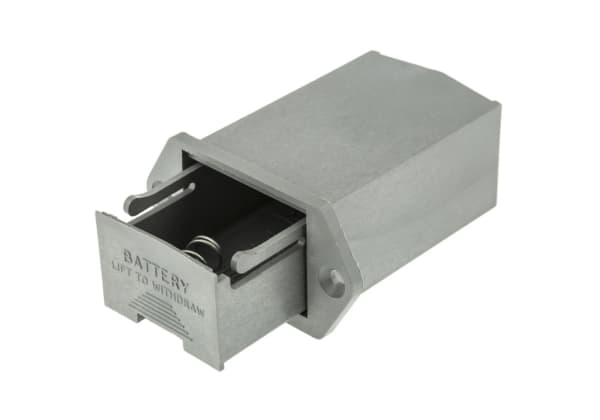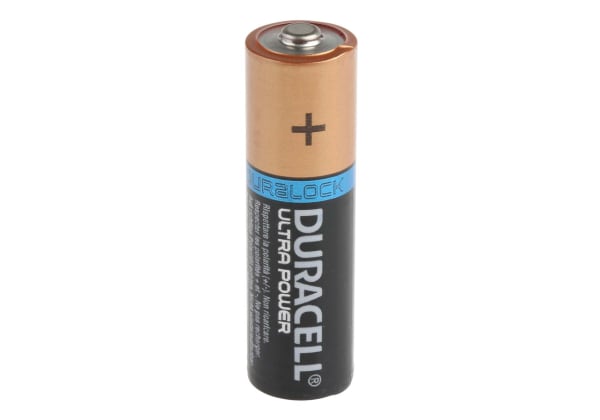- Published 2 May 2023
- Last Modified 29 Aug 2023
- 6 min
Button Batteries: The Comprehensive Guide
From understanding the different types and sizes of button batteries to ensuring their safe handling and disposal, this comprehensive guide provides answers to common questions and helpful tips for using button batteries.

Button batteries, also known as coin batteries, are commonly used in a wide range of electronic devices, from hearing aids and remote controls to digital watches and calculators. Available in both rechargeable and non-rechargeable varieties, button batteries are designed to provide long-lasting and reliable power for various applications.
If you’re looking to purchase button batteries for your business, it’s important to have a clear understanding of what they are, their different types and sizes, safety considerations, disposal options, and other frequently asked questions. In this comprehensive guide, we’ll provide you with all the information you need to make informed decisions when it comes to purchasing button batteries.
What are Button Batteries?
Button batteries are small, round batteries that typically measure less than 25 millimetres in diameter and less than 5 millimetres in height. They are called button batteries because of their disc shape, which is like a button or a coin.
They are commonly used in small electronic devices that require low power, such as watches, calculators, hearing aids, and remote controls. Button batteries can be made from a variety of materials, including lithium, silver oxide, zinc-air, and alkaline.
What are Button Batteries Used for?

Button batteries are used to power a wide range of electronic devices, including:
- Watches and clocks
- Calculators
- Remote controls
- Keyless entry systems
- Medical devices and hearing aids
- Digital thermometers
- LED lights
Button Battery Types
There are several different types of batteries, each with its own chemical composition and performance characteristics. The most common types of button batteries include:
Alkaline
Alkaline button batteries are typically used in low-drain devices, such as watches and calculators. They have a voltage range of 1.5 to 1.6 Volts and a capacity range of 50 to 150 milliampere-hours (mAh).
Lithium
Lithium button batteries are commonly used in high-drain devices, such as digital cameras and electronic toys. They have a voltage range of 3 to 3.6 Volts and a capacity range of 40 to 240 mAh.
Silver Oxide
Silver oxide button batteries are commonly used in medical devices, such as hearing aids and pacemakers. They have a voltage range of 1.5 to 1.6 Volts and a capacity range of 20 to 100 mAh.
Zinc-Air
Zinc-air button batteries are commonly used in hearing aids. They have a voltage range of 1.4 to 1.45 Volts and a capacity range of 50 to 130 mAh.
Button Cell Battery Sizes
Button batteries come in a variety of sizes, which are designated by a code. The first two digits indicate the diameter of the battery in millimetres, while the third digit indicates the height of the battery in tenths of millimetres.
Common sizes of button batteries include:
- 1220: 12mm diameter, 2.0mm height
- 1620: 16mm diameter, 2.0mm height
- 2032: 20mm diameter, 3.2mm height
- 2450: 24mm diameter, 5.0mm height
Voltage
Button batteries come in a range of voltage ratings, which can affect their suitability for different types of devices. The voltage of a button battery is determined by the chemical composition of the battery and the number of cells it contains.
The most common voltage ratings for button batteries are 1.5 Volts, 3 Volts, and 3.6 Volts. However, there are also button batteries with higher or lower voltage ratings available for specific applications.
When selecting a button battery, it’s important to choose one with the correct voltage rating for your device. Using a battery with a lower voltage rating than recommended can result in reduced device performance or failure to operate, while using a battery with a higher voltage rating can damage the device or pose a safety hazard.
Some common button battery voltage ratings and their applications include:
1.5 Volts
This voltage rating is common for smaller button batteries which are often used in watches, calculators, and other small electronics.
3 Volts
This voltage rating is common for larger button batteries which are used in a wide range of devices, including remote controls, key fobs, and medical devices.
3.6 Volts
This voltage rating is common for specialised button batteries which are used in applications such as military and aerospace equipment, as well as medical devices and industrial sensors.
It’s important to note that not all button batteries with the same voltage rating are interchangeable. Distinct types of button batteries may have different chemistries and capacities, which can affect their performance and suitability for different applications. Always check the device specifications to determine the correct battery for your application.
Button Battery Safety

Button batteries can pose a serious safety risk if they are ingested by young children or animals. The small size of button batteries makes them easy to swallow, and if they become lodged in the oesophagus, they can cause severe injury or even death. To prevent accidental ingestion, it’s important to keep button batteries out of reach of children and animals and to store them in a secure location.
In addition to ingestion hazards, button batteries can also cause a fire if they are not managed properly. When button batteries come into contact with metal objects, such as keys or coins, they can create a circuit and generate heat, which can cause the battery to rupture or ignite.
To prevent fire hazards, it’s important to store button batteries separately from metal objects and to avoid placing them in a hot environment. If there are any signs of a battery malfunctioning, such as swelling or leaking, it should be disposed of immediately and replaced with a new battery.
Popular Brands
There are many varied brands of button batteries on the market, each with their own unique features and performance characteristics. Some of the most popular brands of button batteries include:
Button Battery Disposal
Button batteries should be disposed of carefully to avoid any safety hazards. Never dispose of button batteries with standard waste, as they contain toxic chemicals that can be harmful to the environment if they are not disposed of properly.
To dispose of button batteries safely, you should follow your local regulations for hazardous waste disposal. In many cases, button batteries can be recycled at local recycling centres or specific battery recycling points.
When disposing of button batteries, it’s important to take precautions to prevent them from coming into contact with other batteries or metals as this could pose a safety hazard. Do not store used batteries in a metal container or near other metal objects.
By properly disposing of button batteries, you can help to both protect the environment and prevent potential safety hazards. Even comparatively small actions like recycling batteries can have a significant impact on the health of our planet.


